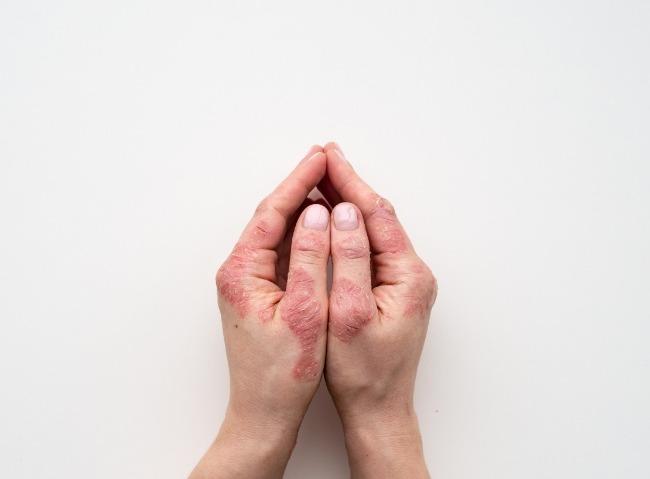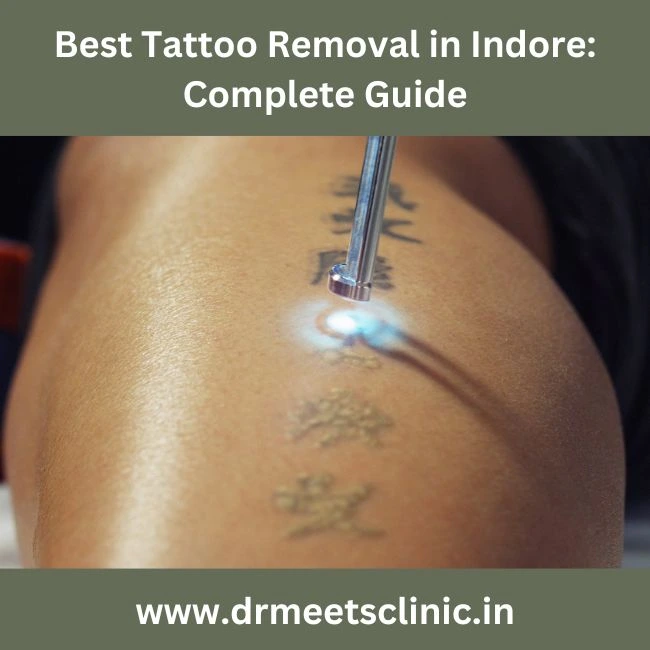Psoriasis is a skin disorder that affects the skin by leaving it thickly scaled, red- silvery coloured, painful and itchy. It is caused by an inflammation in the skin cell by default in the immune system causing new cells to grow rapidly and excessively in a matter of days instead of weeks, accumulating with the old cells which normally will take weeks to shed off.
Psoriasis is mostly the inflammation of the white blood cell (also known as T cells). They grow faster and come up to the surface of the skin causing damage to the skin, nails, and the joint. Primarily, psoriasis occurs in parts like; the elbow, knees, back, leg, feet, and scalp. It is aggravated by stress, excessive alcohol consumption and smoking. There are also claims that it can be generic.
Some medical practitioners classify psoriasis to be eczema while some don’t. There are several types of psoriasis:
- Guttate psoriasis – Characterized by multiple spotted psoriasis on the skin surface. Widely spread over body areas like; scalp and limb.
- Pustular psoriasis – This type of psoriasis comes with non-infectious pus-bumps. It gives a red tender feel to the skin surrounding it. It can be found on the hands and feet and can have patches spread over the body.
- Erythrodermic psoriasis – This is a more painful disorder that is a result of skin inflammation. It can be seen as it spreads over the entire body causing it to swell, itch, and cause pain to the victim.
- Flexural psoriasis – Flexural psoriasis is a disorder that occurs only on folded parts of the body. It is a shiny smooth dry patch on the skin. And they are commonly found on folded areas like; the groin, between the thighs and penis, in the armpit, etc.
- Plaque psoriasis – This is the first and most commonly seen forms of psoriasis. It affects a large number of psoriasis patients. Plaque psoriasis is inflamed skin that appears to be scaly and looks silvery-whitish.
Psoriasis Treatment
Although doctors choose psoriasis treatments depending upon the sort and severity of psoriasis and therefore the areas of affected skin, the normal approach is to start out with the mildest treatments — topical creams and ultraviolet therapy (phototherapy) — in those patients with typical skin lesions (plaques) then look for strong medication if necessary. Patients with pustular or erythrodermic psoriasis or associated arthritis usually need systemic therapy from the start of treatment. The goal is to seek out the foremost effective thanks to slow cell turnover with the fewest possible side effects. There are many skin specialists who give a better and effective treatment of psoriasis.
If you are having any symptoms of psoriasis visit the nearest doctor for better cure and relief.

















